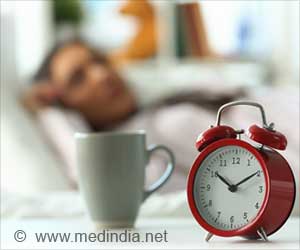An amputee could be "cured" of phantom limb pain by tricking the brain into reacting to the sight of someone else performing soothing, massage-like gestures, a researcher has found.
An amputee could be "cured" of phantom limb pain by tricking the brain into reacting to the sight of someone else performing soothing, massage-like gestures, a researcher has found.
The paradoxical sensation of pain in a missing limb is frequently reported by amputees.Working with US combat veterans, Vilayanur Ramachandran, Director of Center for Brain and Cognition at the University of California, San Diego conducted a series of experiments to better understand why these feelings of pain arise and how they might be eliminated.
Recent studies have shown the critical role of "mirror" brain cells which fire every time someone makes a deliberate gesture, such as shaking hands or giving a thumbs-up sign.
These neurons are also triggered when we see others perform the same gesture, which raises the intriguing question of why we do not feel a corresponding sensation every time someone within view rubs or claps his hands.
Ramachandran speculated that sensory cells in the hand block the message that the mirror neurons are trying to send to the brain, according to the British weekly New Scientist.
But as these sensory cells are absent in the amputee, the signals get through and registers, accounting for the phantom feelings and pain.
Advertisement
Two amputee volunteers, watching as their intact hand was touched, both felt as if their missing hand was "being prodded." And when they saw a third person's hand stroked, they too began to feel a similar sensation in their absent limb.
"If you do it often enough perhaps this pain will go away for good," suggests Ramachandran, whose research is detailed in an upcoming book, "The Man with the Phantom Twin: Adventures in the Neuroscience of the Human Brain."
"An amputee experiencing pain in their missing limb could watch a friend or partner rub their hand to get rid of it," he told the New Scientist.
Source-AFP
SRM/L







